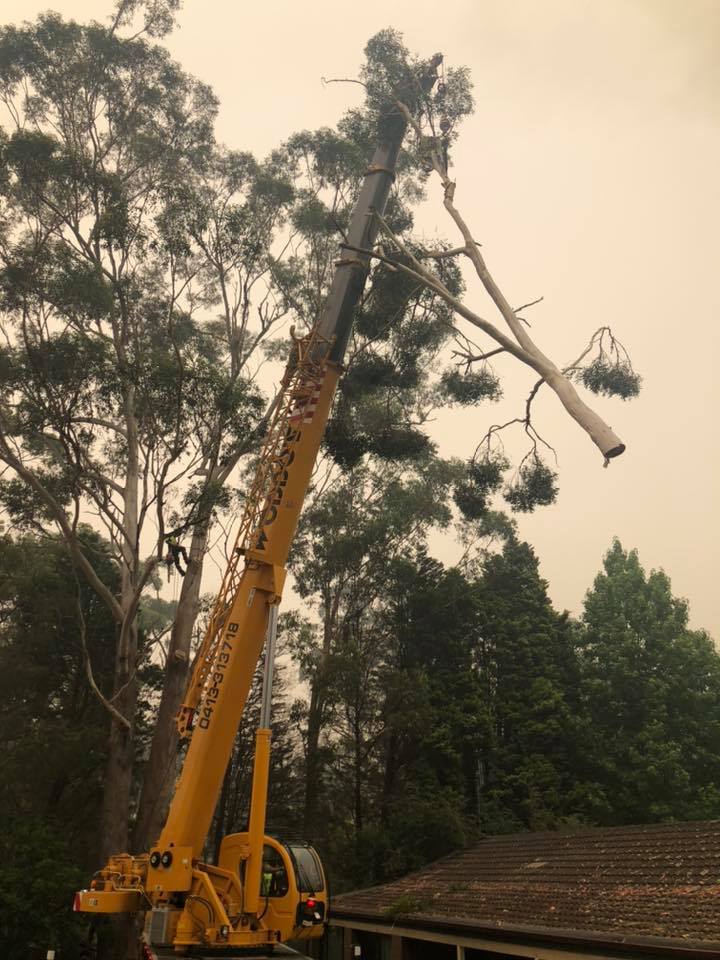All Categories
Featured
The removal of trees can produce open spaces that are at risk to weed intrusion. When trees exist, their thick covers typically color the ground, restricting the quantity of sunlight that gets to the dirt. After the elimination of trees, these open locations get raised sunshine, offering excellent problems for weed growth.

They may advise the usage of mulch, which acts as a protective obstacle on the dirt surface area, stopping weed seeds from germinating and subduing weed growth.

The presence of trees fosters a rich and varied neighborhood of soil germs. Tree origins provide a resource of organic matter, exudates, and nutrients that sustain the development and activity of beneficial dirt microorganisms. When trees are removed, the lack of their roots can interfere with the fragile equilibrium of the soil's microbial environment.
How Much Does It Cost To Hire A Palm Tree Removal Wollongong?
This change in pH can influence nutrition accessibility, microbial task, and total dirt health and wellness. To attend to the effects of tree reducing on dirt pH, tree elimination professionals can offer valuable recommendations. They might recommend soil screening to examine the present pH levels and establish the essential adjustments. Based on the outcomes, experts can suggest pH change methods, such as adding lime to raise soil pH or integrating elemental sulfur to lower it.

It describes the compression of dirt particles, leading to reduced pore space and boosted soil thickness. This compaction can negatively affect the soil's capability to work efficiently, impacting its water-holding ability, nutrition accessibility, and root penetration. Proper methods used by tree elimination professionals can aid lessen compaction and preserve the soil's capacity to keep water, and permit adequate airflow and careful tools handling.
Latest Posts
What Is The Best Wollongong Council Tree Removal Program?
Should I Hire A Professional Pressure Washing Contractor?
How Much Should I Pay For Tree Arborist Wollongong Services?